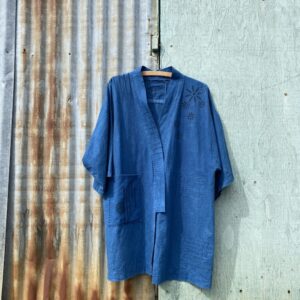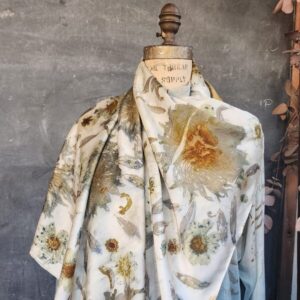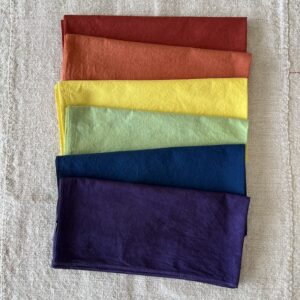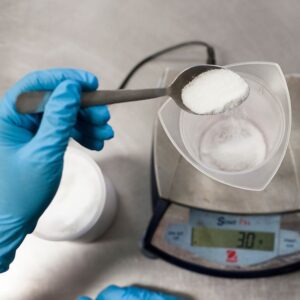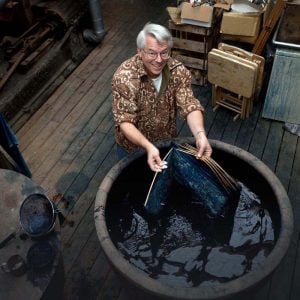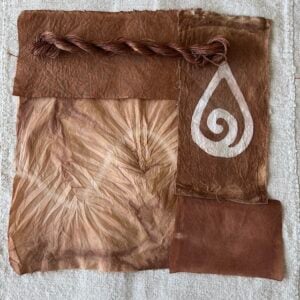Today for Mordant Monday we thought we would bring a classic back from the vault and highlight one of our YouTube videos where Kathy answers your mordanting Questions!
Have fun with our video below. Don’t forget to Like, Comment & Subscribe!
See Amy’s original post below:
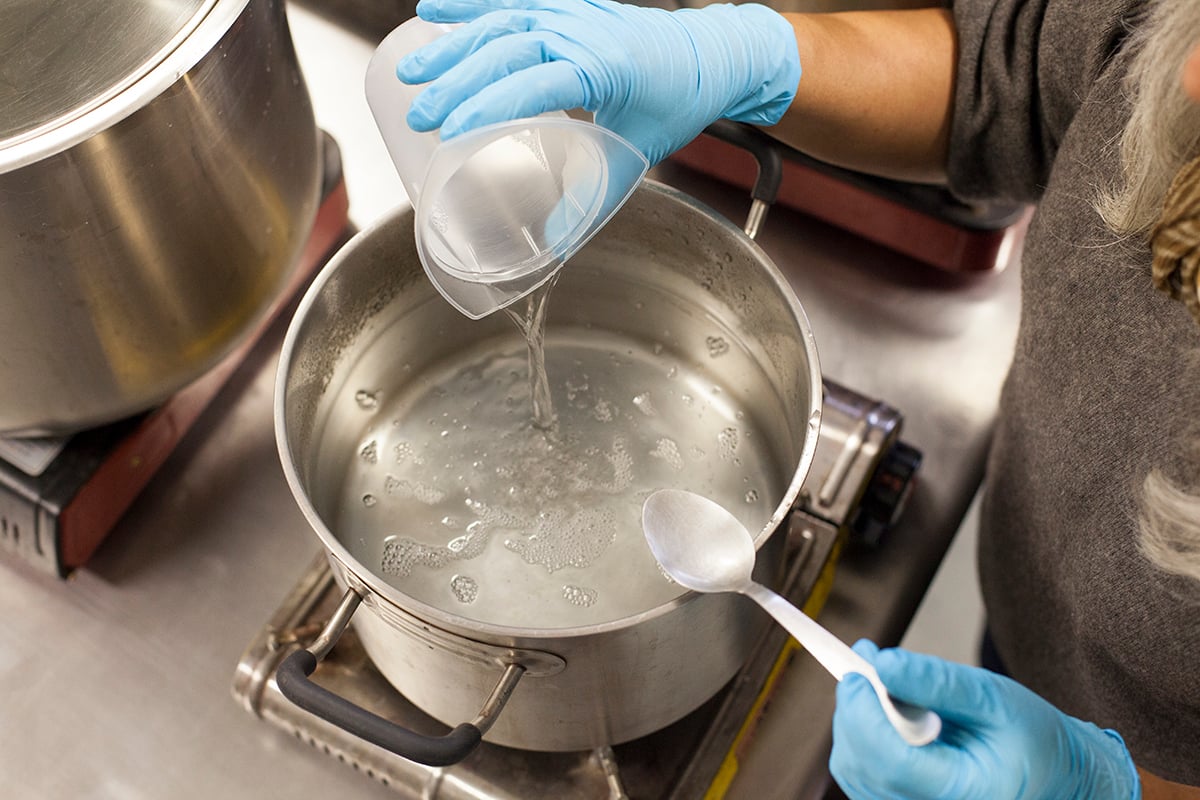
This week: Weeks worth of mordanting questions melded into one FEEDBACK FRIDAY!
Watch here.


